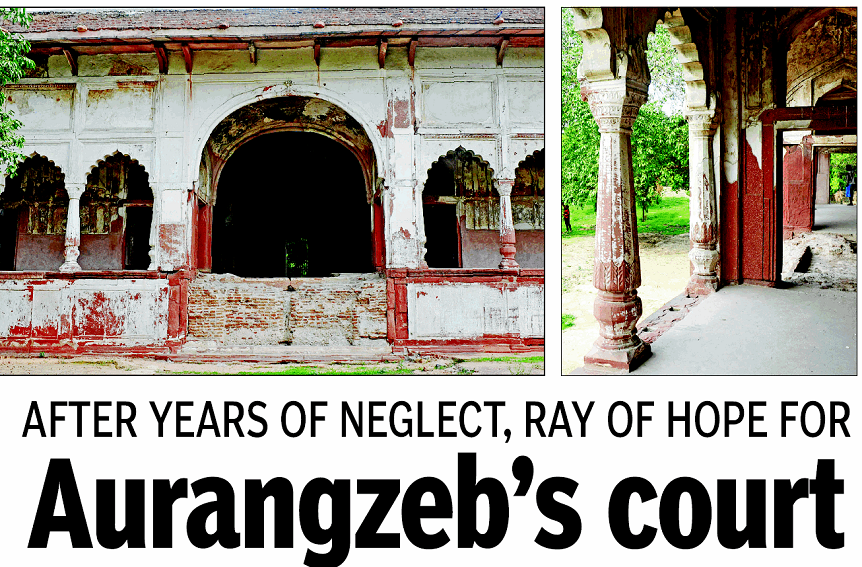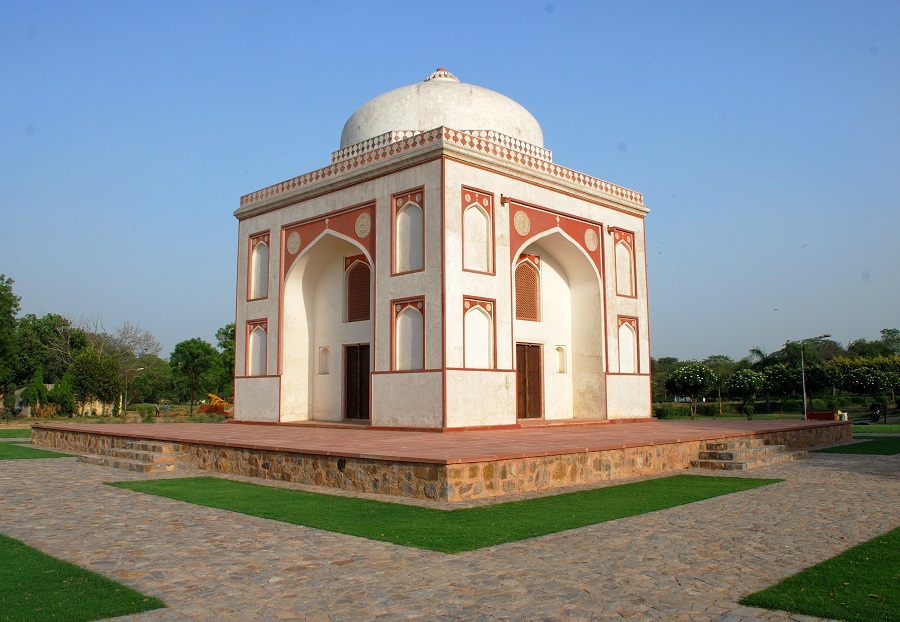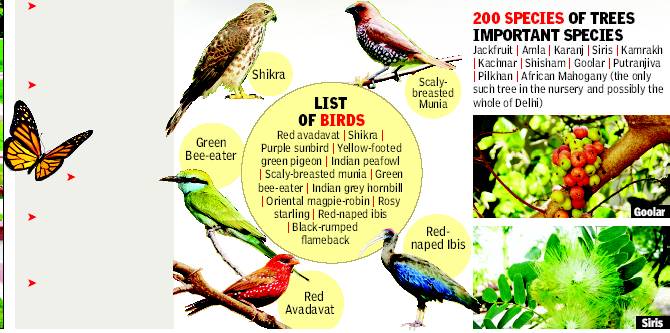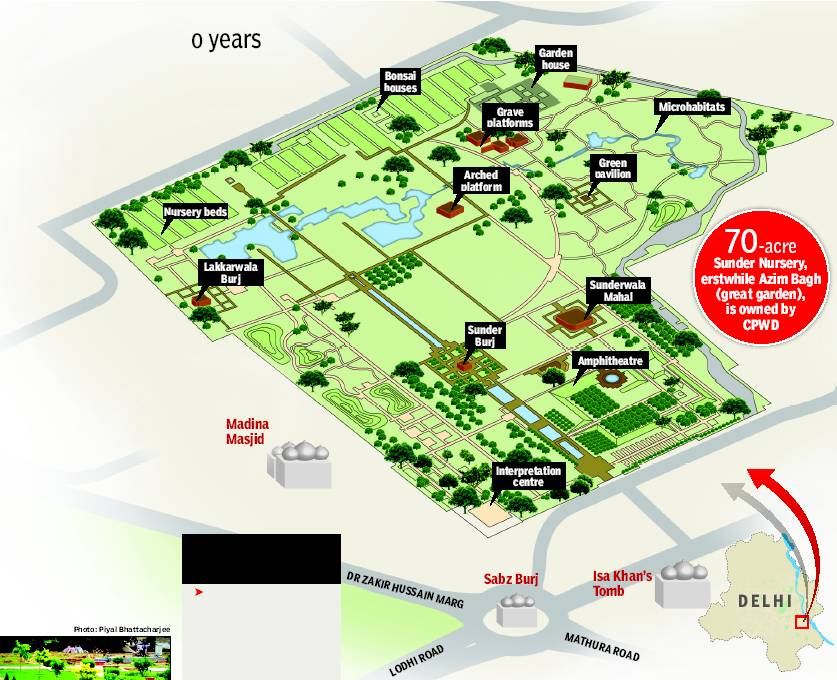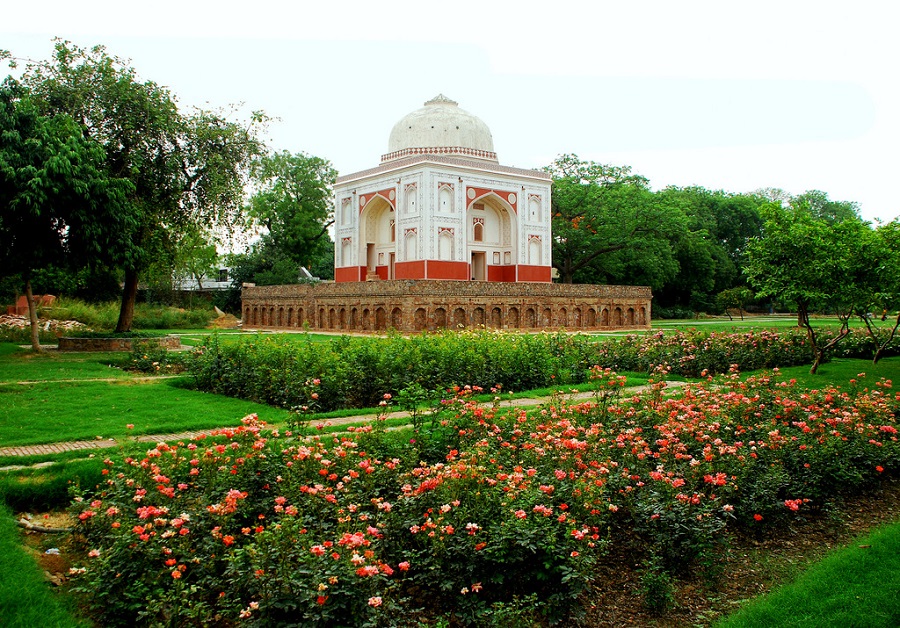Delhi: S
This is a collection of newspaper articles selected for the excellence of their content. |
Contents |
Shalimar Bagh
Sheesh Mahal
The Times of India 2013/07/04
See the pictures and graphics
Shamnath Marg
Bungalow no. 33
Manash Gohain, The Times of India Jun 19 2015 DDC gets house where ministers fear to stay
The “unlucky bungalow“--33, Shamnath Marg--which no minister or bureaucrat has ever willfully opted for, was made the headquarters of Delhi Dialogue Commission (DDC).
The building, which had been the residence of the then CM Madan Lal Khurana before the Hawala scam forced him to demit his office, was refused by two other former CMs--Sahib Singh Verma and Sheila Dikshit--apparently due to Vaastu incompatibility .
However, a few like former power secretary Shakti Sinha consider this a great place to stay . He said he “would love to stay there gain“. Rejected by Congress and BJP for many years, AAP government, now finds this a perfect location for holding policy dialogue.
Considered a jinxed location by many , the bungalow was the official residence of the chief minister of Delhi till 19 years ago. Built on a 2,000sq ft plot, the bungalow has been there since the Raj era. The first CM (1952) of Delhi, Chaudhary Brahm Prakash, had lived here for a brief period. However, things didn't “go well“ and he could not complete his term as CM.
Thereafter, the bungalow remained vacant for a long time. In 1993, the building was the residence of former CM Khurana. This was followed by a series of rejections with politicians including Dikshit and many bureaucrats turning it down who considered the house “inauspicious“.
Sunder Nursery
RETURN OF THE MUGHAL
Sunder Nursery was a Mughal garden once, and will be again in
Richi Verma | TNN
The Times of India 2013/08/31
The Sunderwala Burj, sleeps undisturbed behind the tall gates of Sunder Nursery just across the road. Few know the nursery as anything more than a seedbed for the trees and flowers in Lutyens’ Delhi, but that is set to change soon.
Quietly, the sprawling property is being transformed into an authentic Mughal garden laid around a central axis with monuments, fountains, water bodies and a large variety of tree and bird species. The project’s landscape planner, Mohammed Shaheer, says the aim is to conserve the environment and create a “major landscaped space” aligning nature and utility in a garden.
The Aga Khan Trust for Culture (AKTC), is partnering Archaeological Survey of India and the site owner, Central Public Works Department, in the project
The project was conceived while AKTC was restoring the gardens of Humayun’s Tomb during 1997-2003. When they are completed in 2015, the Sunder Nursery gardens will cover 100 acres across the nursery and the adjoining Batashewala complex. Shaheer says the gardens will have a microhabitat zone for plants found on Delhi’s ridge, river banks, plains and other zones.
Edged by nine mounds, the microhabitat zone will replicate Delhi’s original landscape to increase environmental awareness among the 3 lakh schoolchildren who visit Humayun’s Tomb every year. AKTC has recorded 1,800 mature trees of more than 200 species at the nursery on a geographic information system (GIS) and planted another 100-odd species. “Biodiversity studies in 2012 documented 54 species of resident birds and 24 species of butterflies,’’ said an official.
Besides the Sunderwala Burj, the nursery also has eight early-Mughal era monuments that have been restored after years of neglect. Three of them—Sunderwala Burj, Lakkarwala Burj and Sunderwala Mahal—have been declared monuments of national importance by the ASI. However, other structures, including ancient wells, a Mughal pavilion, a mosque and several graveyards are unprotected but equally striking. Two monuments in the adjunct Bateshewala complex are also with ASI.
For the complex as a whole, the changes mark a return to past glory. Before the British turned it into a nursery in 1913, it was called Azim Bagh. “Historically, the entire area from Humayun’s Tomb to Millennium Park (along the Yamuna) was a Mughal garden,” says Ashok Khurana, retired director general of CPWD in whose tenure the project was conceived.
AKTC has offered to manage Sunder Nursery until it becomes financially sustainable. “Discussions for postproject management of the park are now in an advanced state with AKTC underwriting all management and maintenance costs for 10 years,’’ said Ratish Nanda, project director of AKTC. Already, parallels are being drawn between the gardens and New York’s iconic Central Park.

